A major exhibition on the sea told through eighty years of Italian art history: this is the thread running through the exhibition The Sea. Myth History Nature. Italian Art 1860 - 1940, scheduled from July 9 to October 30 in Carrara in the rooms of Palazzo Cucchiari, home of the Giorgio Conti Foundation. The exhibition, curated by Massimo Bertozzi and divided into six sections, is proposed as a journey from the painting of Macchiaioli artists such as Giovanni Fattori and Telemaco Signorini to the metaphysics of Giorgio de Chirico and Alberto Savinio. In between, eighty years of important events in the artistic culture of Italy, from the birth of the Kingdom of Italy to the beginning of World War II. The focus, of course, is the sea of Tuscany, the land where almost all the artists exhibited at Palazzo CUcchiari worked.
There are about a hundred works on display, in an itinerary that starts with two paintings by Giovanni Fattori, goes through the vicissitudes of the post-Macchiaioli (Llewelyn Lloyd, Ulvi Liegi, Mario Puccini among others), those of the Labronici (such as Renato Natali, Gino Romiti, Giovanni Lomi, Giovanni March), passes through Divisionism and Symbolism (Plinio Nomellini, Benvenuto Benvenuti, Giulio Aristide Sartorio, Adriano Baracchini Caputi), touches on the avant-garde and in particular Futurism (with two paintings by Ram and Thayaht), and then arrives at the season of the return to order up to metaphysics, with the closing of the itinerary entrusted to artists such as Carlo Carrà, Massimo Campigli, Filippo De Pisis, Arturo Nathan, Giorgio de Chirico, Alberto Savinio, Achille Funi, and Mino Maccari. There is also a large room dedicated to sculpture with works by Arturo Martini, Marino Marini, Giacomo Manzù, and Francesco Messina. In addition, an important space is reserved for Versilia painters or at any rate for all those artists who worked on the Apuan and Versilia coasts, such as Galileo Chini, Moses Levy, Lorenzo Viani, Felice Carena, Arturo Dazzi, Carlo Fontana, Raffaele De Grada, and Funi and Carrà themselves.
“We are very happy to resume, after more than two years, the activities of the Conti Foundation, and to reopen Palazzo Cucchiari to the public with this exhibition, which for many reasons we can say is exceptional,” said Franca Conti, president of the Conti Foundation. “It is no mystery to anyone that the exhibition we have been working on for the past few years and with which we intended to resume activity after the closure of the pandemic was another one, which once again, as is in our tradition, would rely on our friendship and collaborative relationship with the Hermitage Museum in St. Petersburg. For reasons everyone knows, this collaboration suddenly and brutally broke down, forcing us to revise, more properly to ’rewrite’ our plans altogether. This exhibition, which was a planning idea for the next few years, suddenly became topical. One of the lenders called it a ’cultured and popular’ exhibition: we hope that this is indeed the case, because our intention has always been precisely to make great art available to everyone.”
The exhibition is accompanied by a catalog published by the Giorgio Conti Foundation, with texts by Massimo Bertozzi and Daniela Ferrari. Finestre Sull’Arte is a media partner of the exhibition.
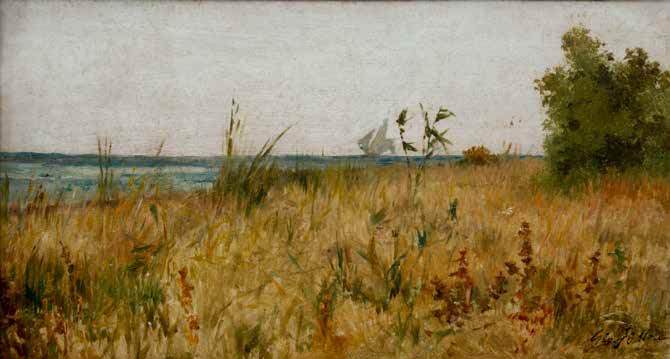
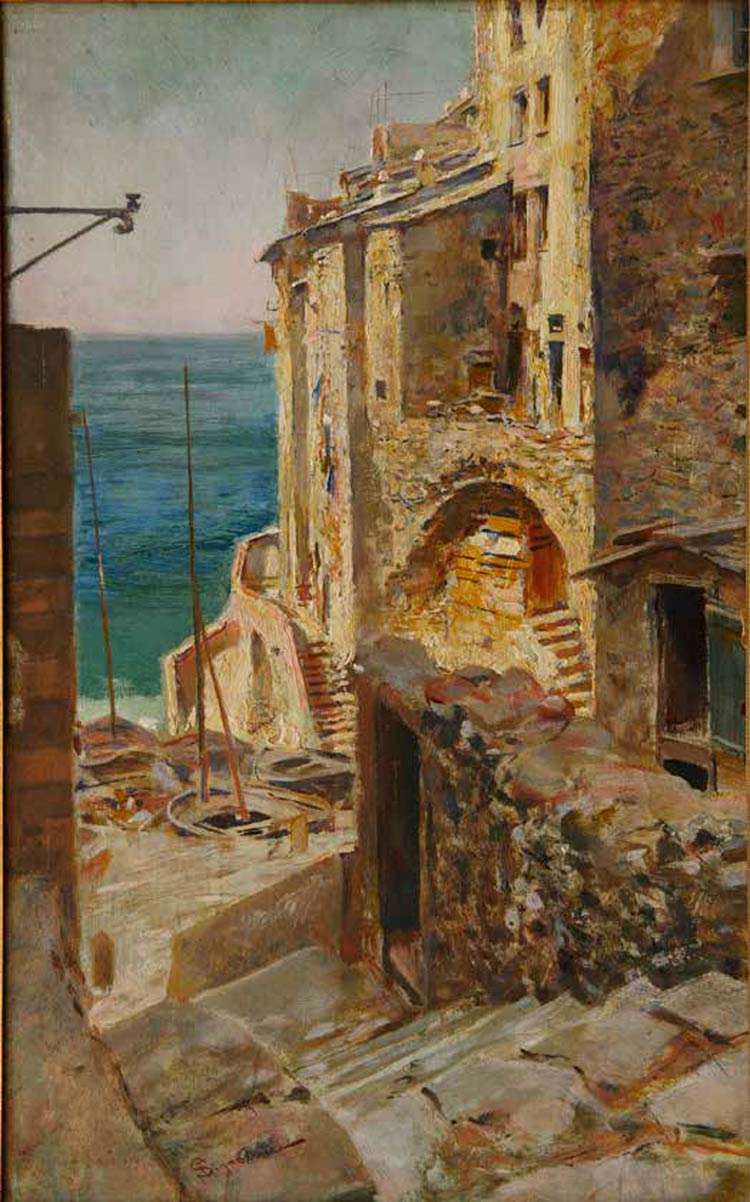

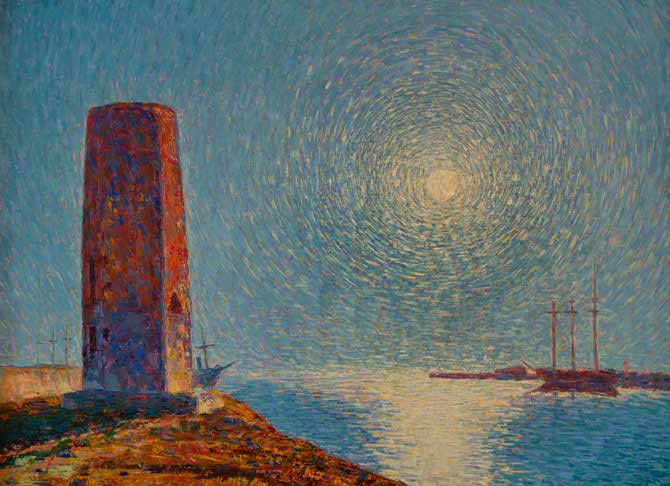

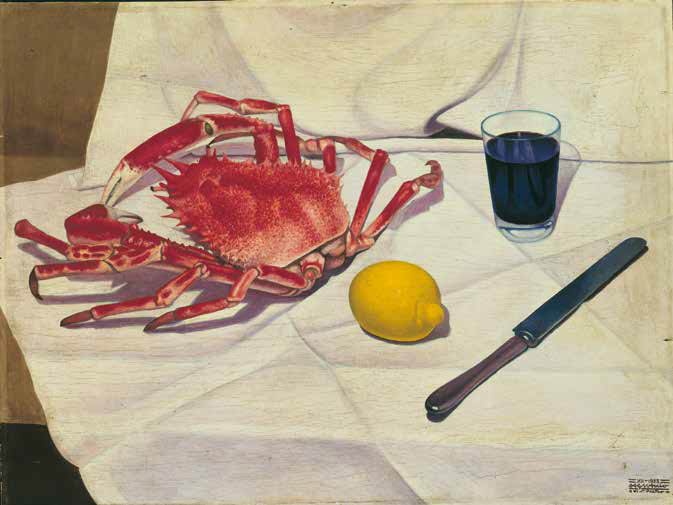


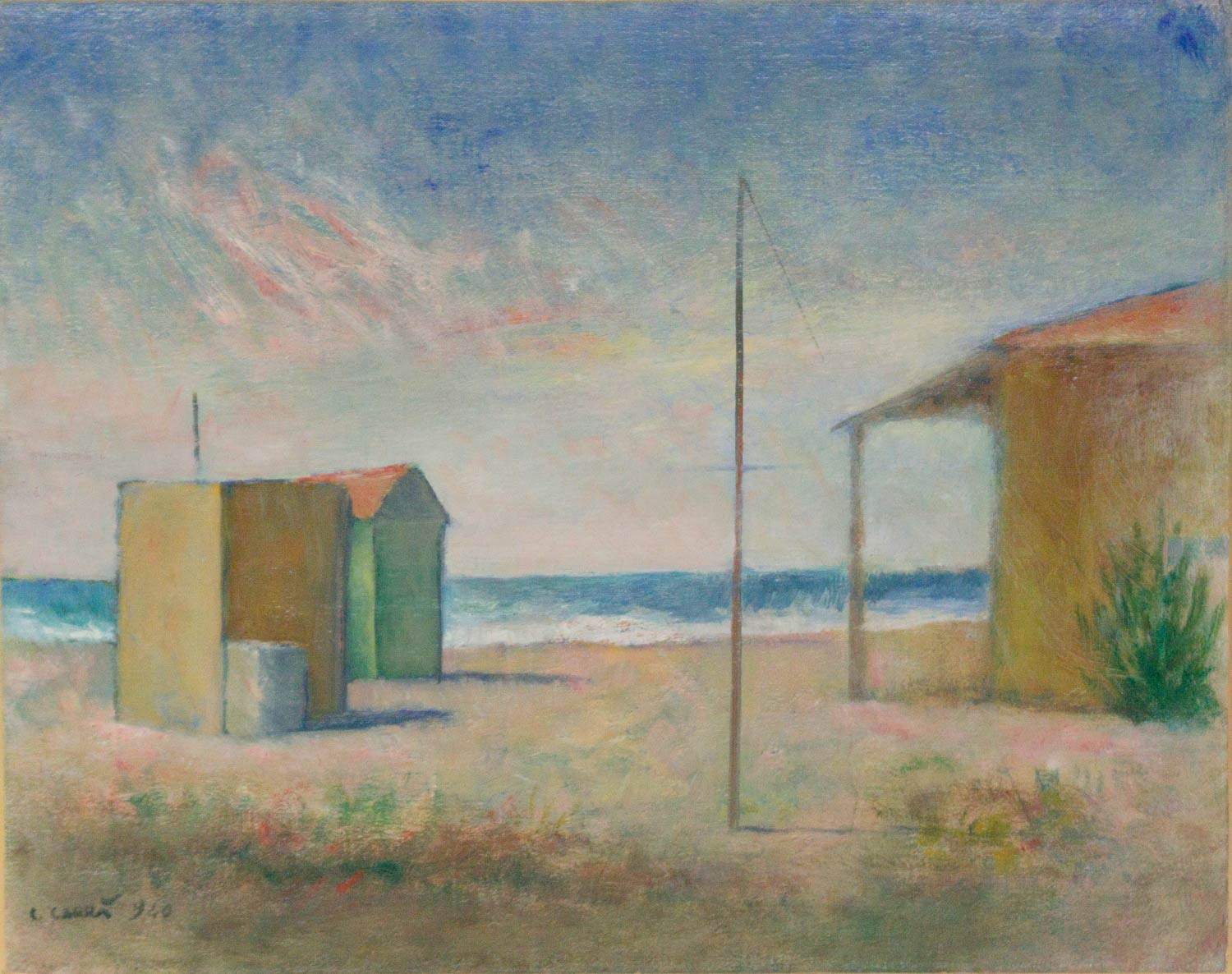

There are six sections into which the exhibition at Palazzo Cucchiari is divided. It begins with A World of Sand: Horizons between Land and Sea: the exhibition begins by describing the sea of realism, from the Macchiaioli onward, seen by painters as a condition of nature, investigated in its atmospheric phenomena (the refraction of light on the waves, sunsets and so on) by artists who painted substantially in the open air and in full light. The section thus aligns painters who depicted the sea in all its beauty (Fattori’s seascapes, Signorini’s glimpses of Riomaggiore, a sunset by Niccolò Cannicci, a mareggiata by Angiolo Tommasi, Plinio Nomellini’s effects) to arrive at the experimentalisms of artists such as Benvenuto Benvenuti, Ram and Thayaht. The second section is entitled The objects of the sea: nature remembered: a part of the exhibition reserved for still lif es painted by... shell collectors, collectors of round stones and stained glass, painters who looked at the wrecks of ancient shipwrecks, attracted by the colorful shimmer of fish and crustaceans. A singular still life by Cagnaccio di San Pietro opens a section featuring the fish of Arturo Dazzi, the shells of Filippo De Pisis, and the corals of Gino Romiti: the gifts of the sea that offered strong suggestions to the great painters of the early 20th century.
We then continue in the large room devoted to sculpture with Man and the Sea: the body of sculpture: this section, noting how sculpture has always bared the body of man and woman, reminds us how the same thing seems to happen at the sea. When we go to the beach, we have fun, swim, eat and rest, but we also put our bodies on display, and so the large room that closes the itinerary on the second floor of Palazzo Cucchiari contains Manzù and Martini’s Bathers, Francesco Messina’s Young Men at the Sea, as well as the statuesque bodies of Giorgio De Chirico ’s Les deux nus in addition to sculptures depicting those who work on the sea, such as Arturo Dazzi’s famous Sailor and Carlo Fontana’s Commander.
On the second floor, the visiting itinerary continues in the first two rooms with Andar per mare: constraint and adventure: a section devoted to the gestures, voices, and colors of the men who live and work on the sea, and whose daily lives pass from nature to history reflected in the mirror of poetry and art. Here, then, are Ludovico Tommasi’s sails waiting to set sail, Mario Puccini’s views of Livorno harbor, Llewelyn Lloyd’s boat motifs, and Galileo Chini’s Viareggio dockyard. Also noteworthy is the presence of a masterpiece by Nomellini, the Ricordo di Genova, displayed together with its preparatory drawing. A large section entitled Andare al mare: la villeggiatura brings us to the most carefree moment of the sea: the vacation on the Tuscan shores. The geometry of the cabins, the white triangles of the sails, the pastel colors of the deckchairs and umbrellas, all enclosed between the blue of the sea, the gray of the sandy shores and the green of the pine forests: these motifs become a great spur for artists such as Carlo Carrà, Achille Funi, Mino Maccari, Vittorio Matteo Corcos, Moses Levy, and Beppe Guzzi who tell of days spent on the beach, of solitary cabins standing out among the pine trees, of swimmers and umbrellas. Closing is the section The Sea of Imagination: Myths and Visions, which tells of a sea that only in appearance is the one imagined but is actually the sea of closeness, of memory that shortens distances, because it it lurks in everyone’s memory, the one where the best part of the past is deposited, nourishing the dreams and visions of artists such as Edita Broglio, Arturo Nathan, Alberto Savinio, and Giorgio de Chirico (who closes the exhibition with the Horses on the Seashore at the Mart in Rovereto), who of the sea evoke myths and heroes.

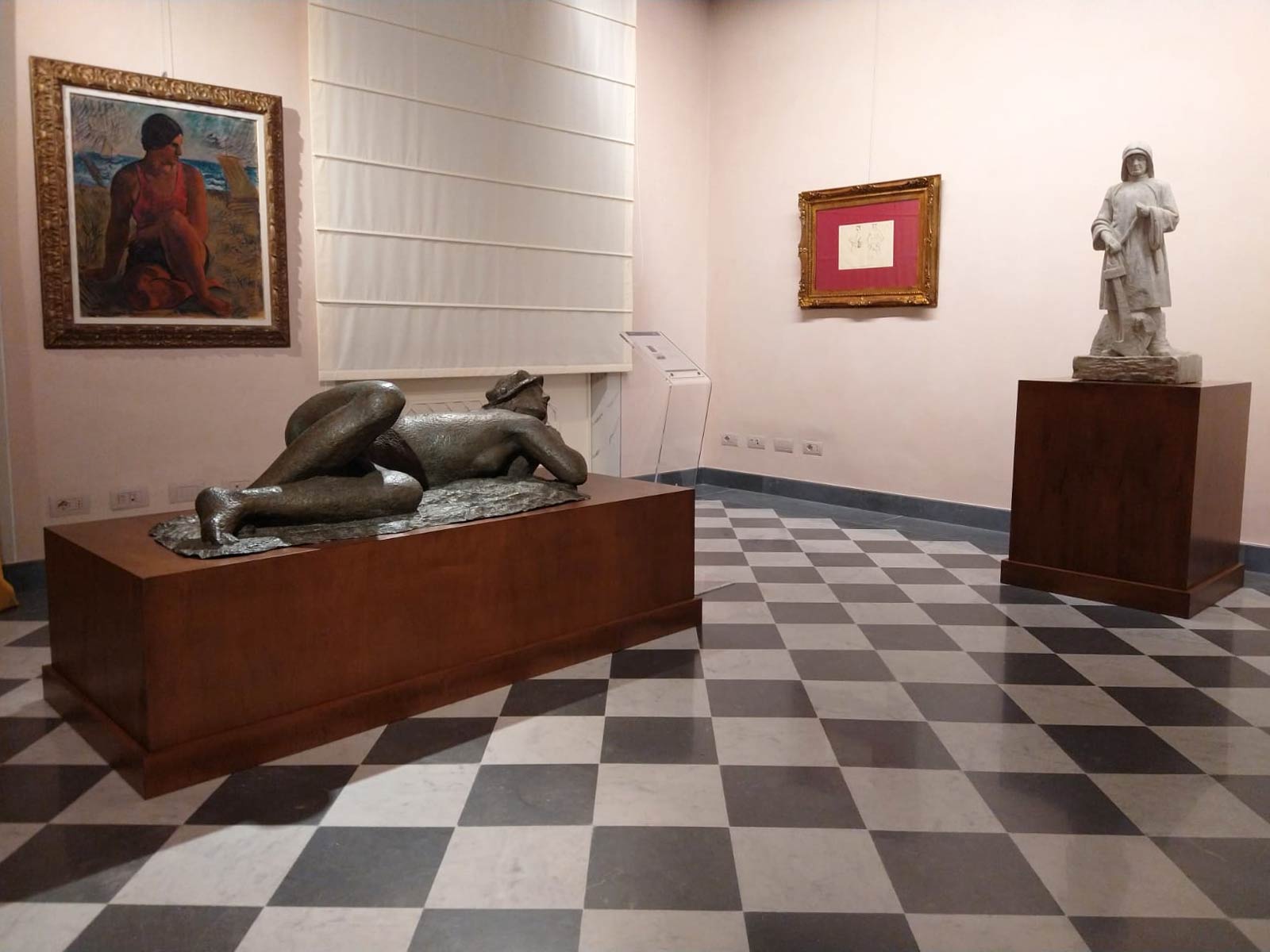
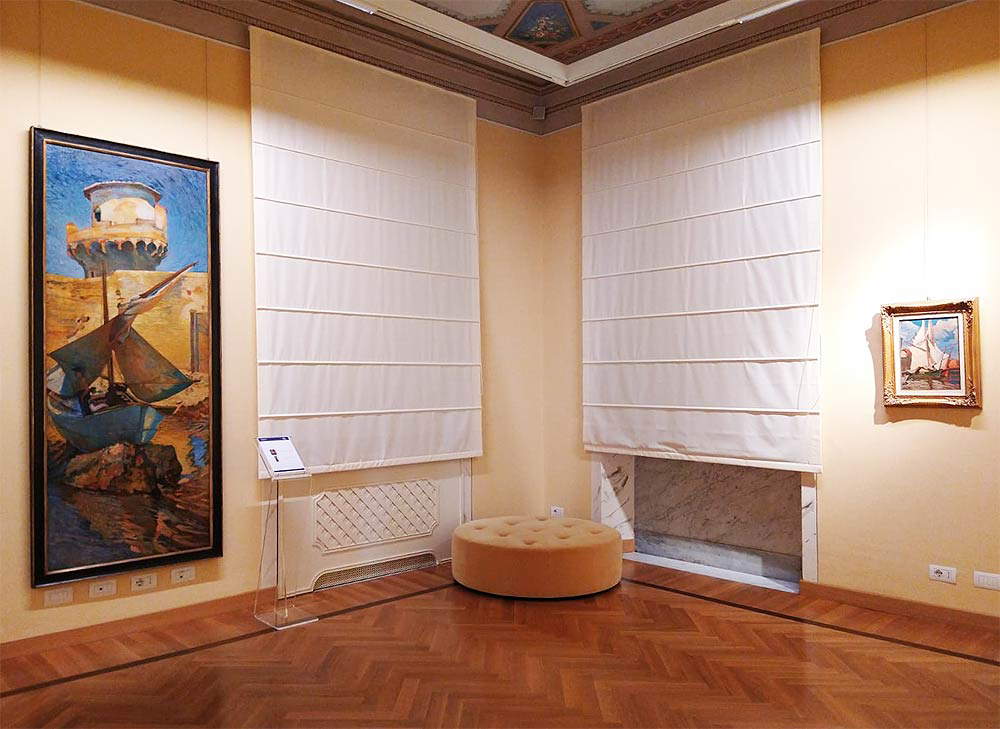
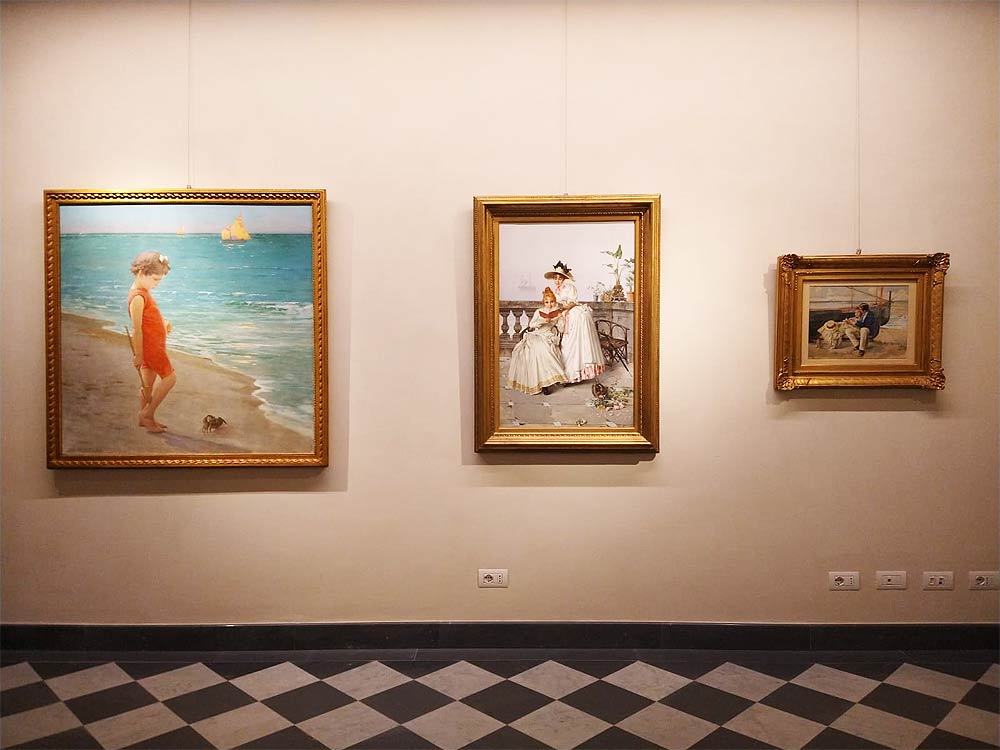
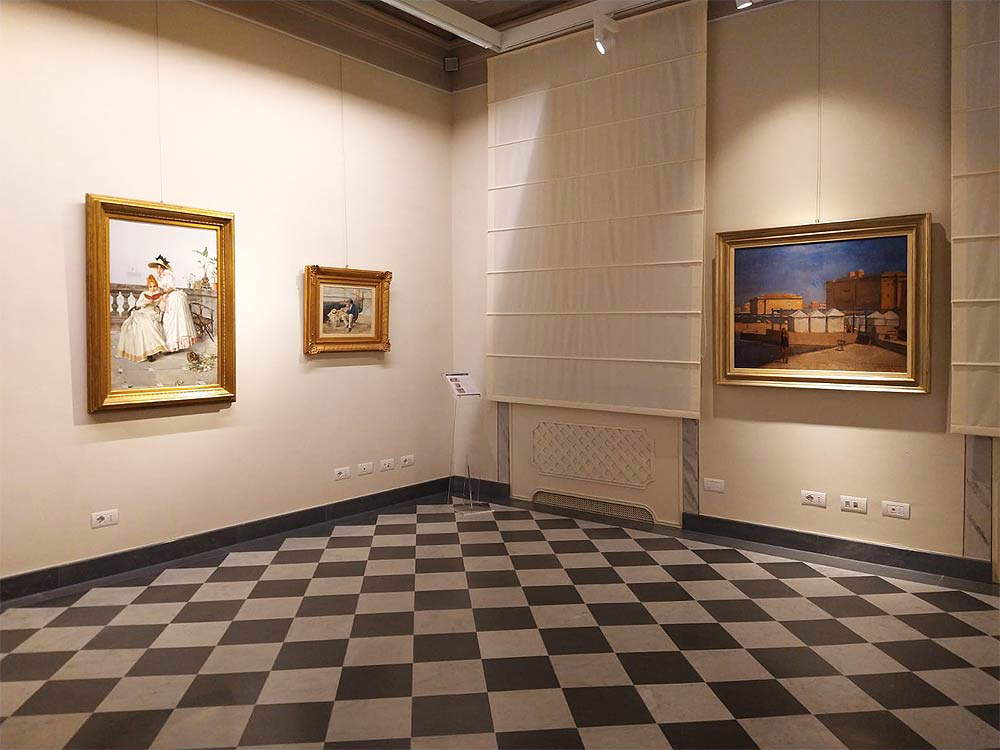


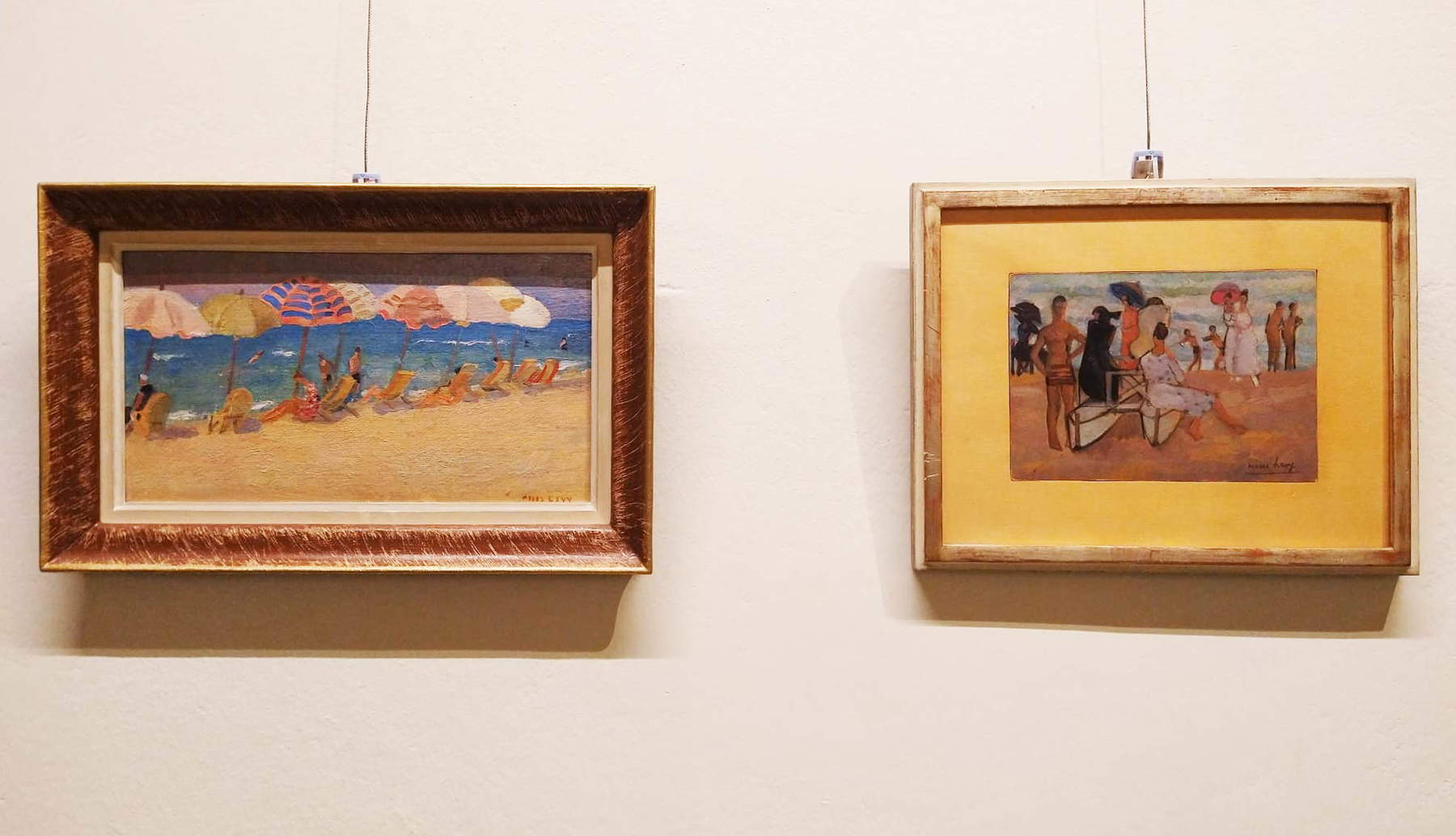
The exhibition, open from July 9 to October 30, 2022, can be visited every day except Monday, the closing day, according to the following hours: in July, August and September, on Tuesdays, Wednesdays, Thursdays and Sundays from 9:30 a.m. to 12:30 p.m. and 4 to 8 p.m., on Fridays and Saturdays from 9:30 a.m. to 12:30 p.m. and 4 to 11 p.m. In October, Tuesdays, Wednesdays, Thursdays and Sundays from 9:30 a.m. to 12:30 p.m. and 4 to 8 p.m., Fridays and Saturdays from 9:30 a.m. to 12:30 p.m. and 4 to 9 p.m.
Tickets: full price € 10; concessions € 8; groups 10-29 people € 8; 30 and up € 7; schools € 4 (2 chaperones free for school groups); free Youth under 8 accompanied by parents, handicapped persons and chaperone, journalists with national ID. For information call +39 0585 72355, email info@palazzocucchiari.it or visit the exhibition website.
 |
| Fattori, Corcos, Carrà , De Chirico. In Carrara a major exhibition on the sea |
Warning: the translation into English of the original Italian article was created using automatic tools. We undertake to review all articles, but we do not guarantee the total absence of inaccuracies in the translation due to the program. You can find the original by clicking on the ITA button. If you find any mistake,please contact us.